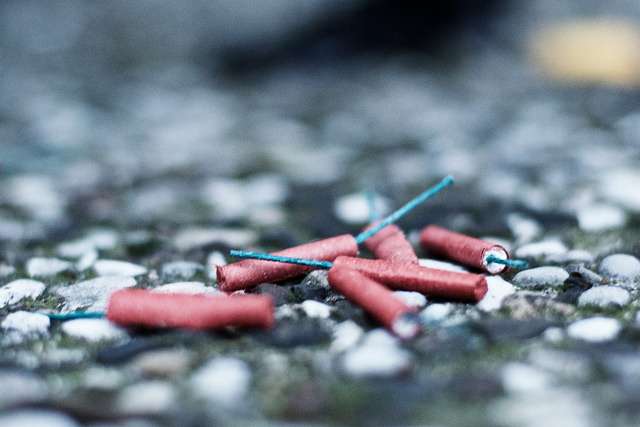
MANILA — The number of fireworks-related injuries (FWRIs) has risen to 319 after the Department of Health (DOH) on Saturday reported 31 more cases recorded in various regions of the country from 6 a.m. of January 3 until 5:59 a.m. of January 5.
Based on reports sent by 60 sentinel hospitals, nine cases were recorded in the Ilocos Region; five cases in Western Visayas; three cases in Central Visayas; four cases each in Calabarzon (Cavite, Laguna, Batangas, Rizal and Quezon) and the National Capital Region; two cases in Northern Mindanao; and one case each in the Bicol Region, Central Luzon, Southern Mindanao and Soccsksargen.
The victims of FWRI cases mostly involved males aged between two and 76 years.
Since it began its surveillance on December 21, the DOH has also recorded two cases of firecracker ingestion.
Of the total figure, some 165 occurred on the streets; 139 took place at home; 12 in other places; and three in fireworks designated areas.
A total of 246 persons suffered from blasts or burns, while 11 suffered from blasts that resulted in amputation. The remaining 81 persons suffered from eye injuries.
The DOH said the current FWRI statistics is 38 percent less than the same period last year and 62 percent lower than the five-year average.
The fireworks that caused the most injuries were the Kwitis with 68 cases; Luces with 36; Piccolo with 21; Boga with 19 cases; Five Star with 16 cases; and Triangle with 16 cases.
Executive Order No. 28, issued by President Rodrigo Duterte, has confined the use of firecrackers to community fireworks display areas to minimize the risk of injuries and casualties.
The DOH has also warned the public against illegal fireworks, such as Watusi, Piccolo, Atomic Triangle, large Judas Belt, large Bawang, Pillbox, Boga, Goodbye Philippines, Bin Laden, Mother Rockets, Lolo Thunder, Coke-in-can, Kwitom, Atomic Bomb, Five Star, Pla-pla, giant Whistle Bomb, Kabasi, and other unlabeled and imported firecrackers.